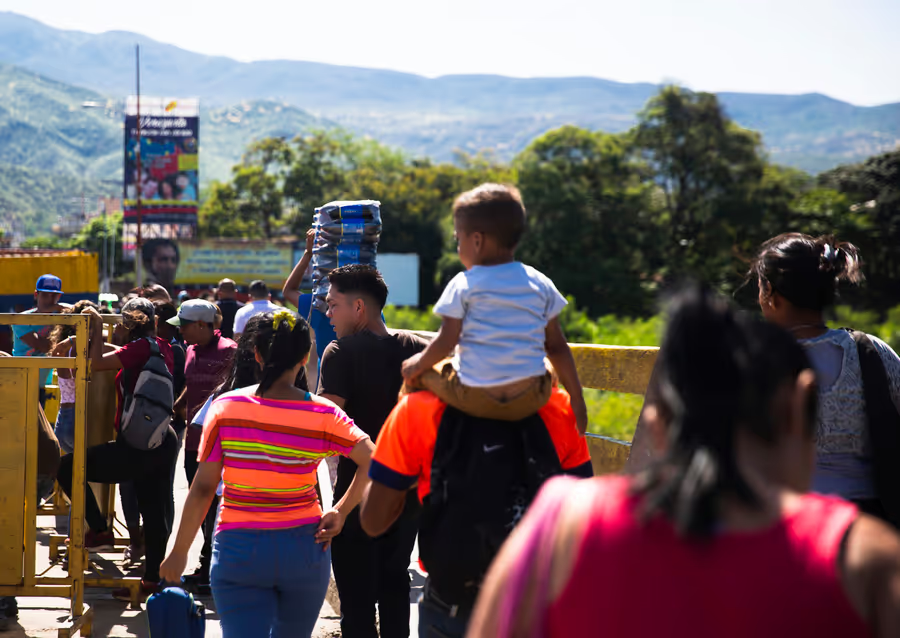Conservation of Water in Ladakh through Artificial Glaciers

Project overview
Artificial glaciers are a simple technique to maximise water harvesting. With new advances in technology, the team are redeveloping artificial glaciers to help tackle water security issues for semi nomadic communities of Changthang, Ladakh.
Project solution
This project offers [specific solution or intervention] to tackle [challenge]. By implementing [strategies, tools, or innovations], the project aims to achieve [desired outcomes]. The approach is designed to [specific actions or methods] to bring about meaningful change in [community, region, or issue area].
Expected outcomes
This project aims to achieve [specific outcomes], such as [measurable results, improvements, or changes]. The expected impact includes [benefits to the target community, advancements in research or innovation, or long-term effects]. By the end of the project, we anticipate [specific changes or milestones] that will contribute to [broader goals or objectives].
WHAT IS THE HUMANITARIAN NEED?
In the cold deserts of Changthang, the semi-nomadic people of Changthang are directly dependent on glaciers and critical ecosystem services thereof to pursue livestock rearing and farming. However, with climate change impacts increasingly evident in the region, Changpa nomads are forsaking traditional ways of life.
The region has witnessed a rise in average temperatures, leading to receding glaciers and untimely or early snow and ice melting. Additionally, changing precipitation patterns of snow and rain has led to the drying of grasslands. Thirdly, extreme snow events recorded twice in the last eight years usually lead to excessive snow in short bouts in the winter months.
As a cold-desert ecology, water has defined the location and scope of human settlement for centuries in Changthang. However, with evident changes in water availability due to climate change, agro-pastoralists are often faced with a shortage of water in crucial sowing months, leading to food security concerns for both people and livestock. Additionally, traditional routes for livestock rearing drying up leads to dents to economic security. With only traditional livelihoods available and the region's remoteness and limited accessibility, communities are being pushed to migrate to urban centres where they work as unskilled labour or in any low-cost jobs. This is directing a complete breakdown of the traditional way of life, tearing apart the sociocultural fabric and disconnecting the intergenerational knowledge that has sustained the Changpas for centuries.
WHAT IS YOUR APPROACH TO ADDRESSING THE NEED AND HOW IS YOUR PROPOSED SOLUTION INNOVATIVE?
Artificial glaciers (AG’s) are a simple water harvesting tool that aims to store the previous year’s meltwater, providing it in spring and summer. This concept has been implemented in Ladakh effectively to counter water stresses over the years. However, with new advances in technology, engineering and community development, we are redeveloping the concept of Artificial Glaciers to tackle water security issues for semi-nomadic communities of Changthang.
Unlike the alternative innovations, AGs present a low-tech engineering solution to water scarcity, using thoughtful placement (concerning altitude, sun/shadow, slope, and relative position to villages and high natural glaciers) to allow nature to do the work.
This project is implemented bearing in mind the inclusive and practical realities for maintenance of AG’s by remote communities like that in Changthang. While Leh Nutrition Project (LNP) has been involved in developing AGs over the last 20 years, despite its workability, the uptake has been limited due to lack of documentation, evidence based investigations, and limited dissemination. The proposed project is being redesigned not in its physical infrastructure but rather in its management and monitoring processes to ensure its longevity and uptake with increasing water stresses across the region.
WHAT ARE THE EXPECTED OUTCOMES?
Our overall goal is to ensure that there are no water-starved communities in Ladakh. We want to ensure we can upscale our factual findings, reach out to more remote communities and key stakeholders to promote artificial glaciers as plausible, cost-effective and low-tech adaptation solutions in the region that could also strengthen communities, their livestock and traditional ways of life in the face of
climate change impacts.
While AG’s have been around for some time, at LNP, we haven’t been able to build solid evidence, documentation, and even clearly define community monitoring teams’ roles while also tackling specific adhoc decision-making processes. With this project, our goal will be to set a system in place with the above elements and standardise processes that can work as a critical guiding document to increase uptake and upscale the project. Also, we aim to ensure that the protocols developed are readily available to key stakeholders and advocate AG’s as alternate adaptation solutions.
Project delivery & updates
Stay up to date with the latest developments from this project. Here, you will find details on what has been delivered, resources created, and regular updates as the project progresses. Access key documents, reports, and other materials to see how the project is making an impact.